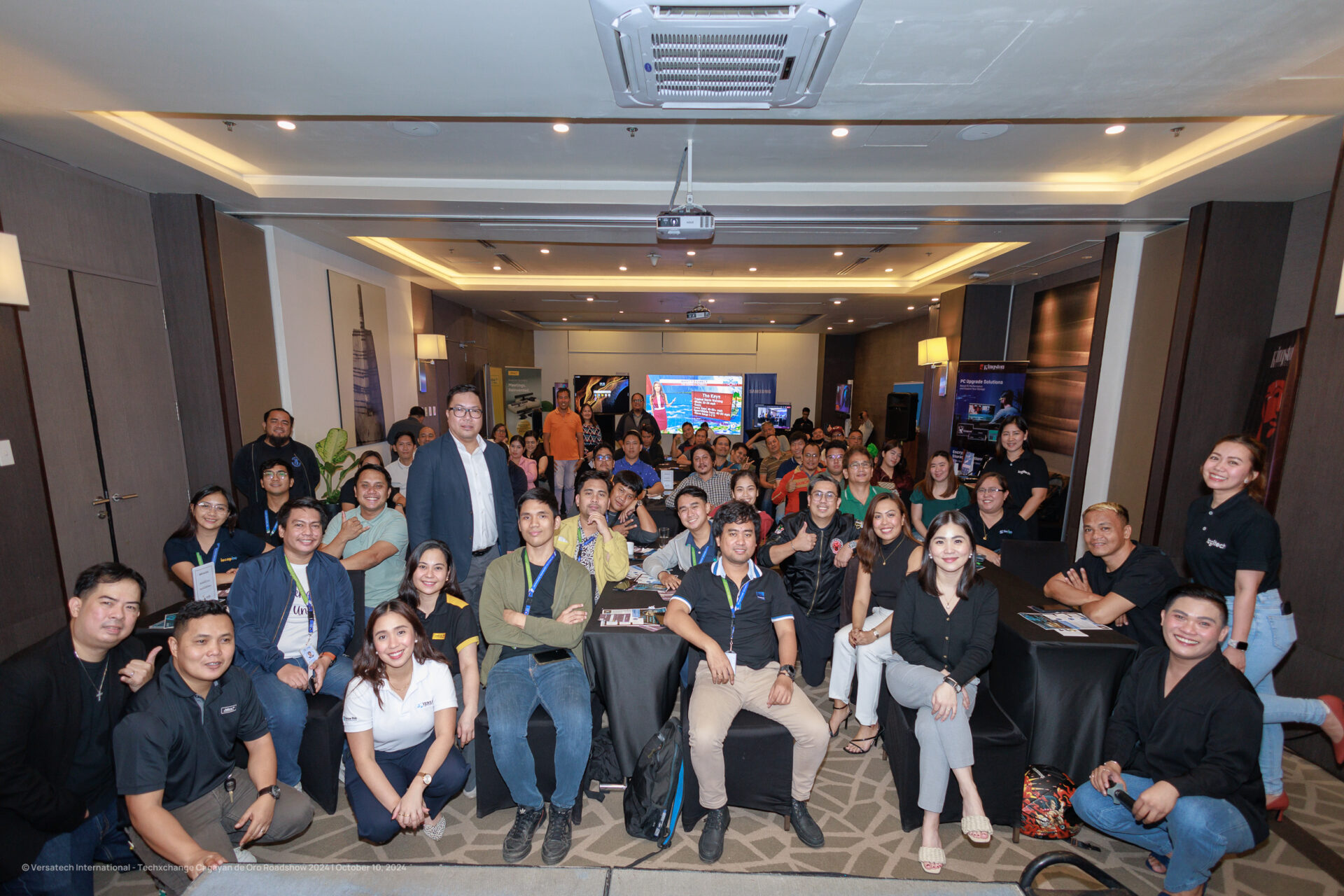The holidays are a busy time for everyone, but for teams in IT, there are often extra complications. Taking days off for travel, enjoying the holidays with family, and working around weather disruptions and holiday parties adds complications to team management.
At the same time, the holidays align with end-of-year accounting, reports, and performance management. IT teams taking off completely can mean huge backlogs and costs for organizations. But, most organizations also can’t afford to keep employees working rather than sending them home to spend time with families.
This necessitates a balance of reducing IT staff down to just a few necessary people, which you can achieve with careful planning, implementing the right solutions, and ensuring everything is in place and stable ahead of time.
Flex Work and Work from Home
Most IT staff won’t need weeks off from work, especially if they can travel and work from home during the day. This type of flex work solution allows the individual to have more time to spend with family, keeps maintenance work on track, and reduces time-investment in terms of commute for employees. It also allows individuals to travel to see family without missing work and to travel earlier, when flights are cheaper and less crowded.
Establishing work from home over the holidays requires having cloud or VPN networked solutions for management and a strong video conferencing solution:
Video Conferencing
It’s important to maintain communication between teams, even over the holidays. If people are working from different locations, make sure everyone has quality laptops, cameras, and headsets to enable video conferencing.
People communicate better using body language and facial expressions, which make up a significant portion of communication. People are also more willing to share, express concerns regarding projects, and engage with each other.
You also need chat solutions in place to ensure teams have an easy way to quickly communicate about small things but scheduling regular video conferencing over working holidays is important.
Remote Access
Teams need to be able to access networks, monitoring tools, and maintenance virtually. In most cases, if you have a service provider, you’ll already have much of this virtualized, with a single cloud dashboard for all your tooling.
Otherwise, it’s important to set up virtual private network so employees can log in while away, so they can continue to access networks, servers, and infrastructure.
Reducing Holiday Workload
Most holiday workload consists of routine maintenance work, monitoring, and solving problems as they occur. In some cases, this will shift to include handling code red issues, meeting sudden demands on the server or print server, etc. In most cases, you can actively reduce this workload to where one or two people can effectively manage maintenance by simply installing automation.
Today, brands like Cisco approach automation as key to modern, scalable networks, not just for the holidays. Automated networks automate configuration, management, testing, deployment, and operations and typically consolidate everything into a single dashboard for review. Errors, issues, or red flags are brought up on the dashboard and can be manually fixed immediately by available staff, while everything else requires minimal additional input.
If you don’t already have a strong network with policies that align with business goals in place, visible network and devices, and clear inventory, you will likely have to restructure your network before you can automate. A network provider should be able to help you do so with tools, automation, and network setup meeting those needs.
Reducing holiday workload also means planning important tasks so that they don’t align with the holidays. Good team management will means planning so that most employees have a light or no workload around the holidays or when they want to take off, which allows them to more easily step out of those responsibilities and enjoy time with friends and family.
Communication
It’s important to communicate expectations and backlogs with any departments affected. For example, if most of your team is stepping out of office for the holidays, you might inform accounting that they should reduce load on servers and printers for the period.
Inform Stakeholders
Any and all stakeholders should be informed of network status, functionality, and capabilities over the holiday period. Teams should be prompted to share network needs and projects should they expect major changes that might need management.
Create a Backlog
Create a backlog of desired work and maintenance items that can wait until after the holidays. Creating a backlog ensures you can leave non-crucial items till later without forgetting about them, and that you can prioritize them when teams are back to full strength.
Setup Triggers
Set up triggers inside automation networks to alert teams to when something goes wrong. These triggers should escalate to scale, such as calling when a code red occurs, and sending a text or email to relevant parties for any other type of issue.
Ensure Your Escalation Matrix is Up to Date
No matter what you use to maintain networks over the holidays, you have to ensure your escalation matrix is up to date. This matrix establishes who should be contacted and why for anything that goes wrong, so you can automate monitoring, leave someone who isn’t intimately familiar with everything and the teams in charge, and ensure that when something does happen, it’s escalated to someone who can fix it.
Taking steps to get ready for the holidays means IT teams will have more freedom to spend time away for the holidays, with fewer business costs and fewer likely incidences. In most cases, these measures, including work-from-home and flex work, remote network management, and automation will benefit your business year-round.






